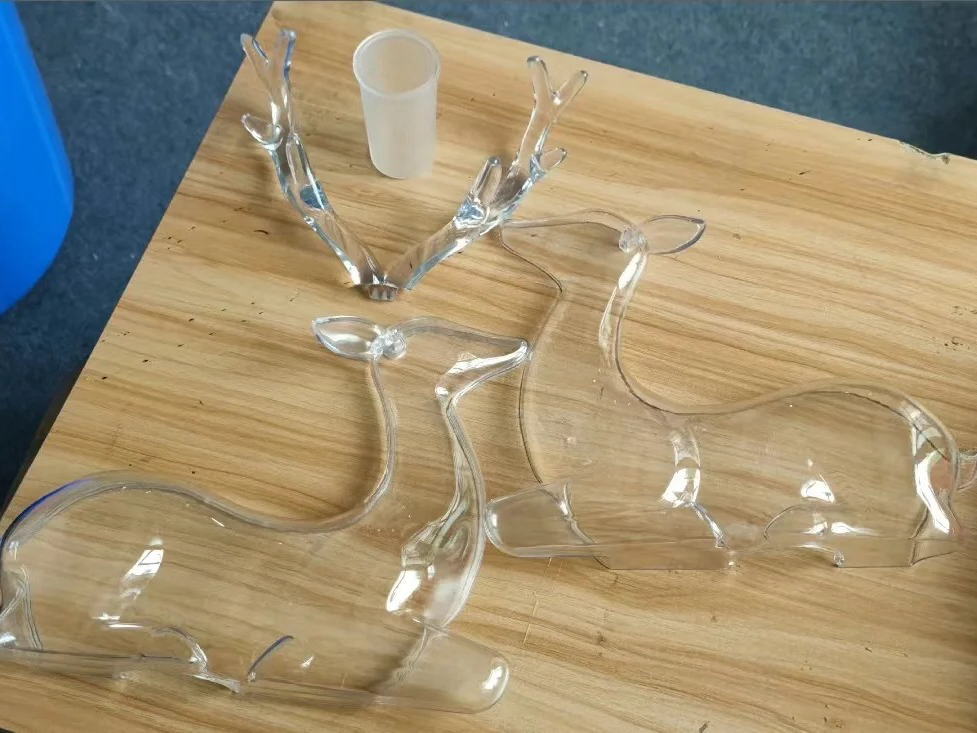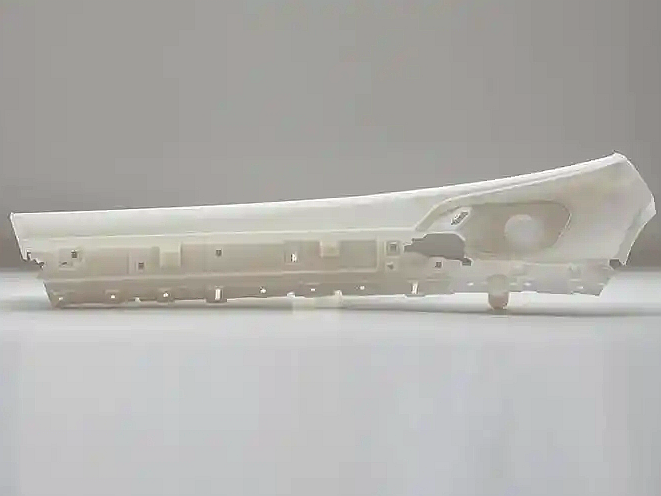Dental Resins
Introduction to Dental Resins for 3D Printing
Dental resins are specialized photopolymer materials formulated for clinical accuracy, biocompatibility, and patient safety. These resins are certified for intraoral and medical applications and are used to produce surgical guides, splints, dentures, aligner models, crowns, and other dental devices with micron-level precision.
Stereolithography (SLA) and Digital Light Processing (DLP) are the leading technologies for printing dental resins, offering high resolution (±0.03 mm) and the ability to meet regulatory standards like ISO 10993 and Class I/IIa biocompatibility.
International Equivalent Grades of Dental Resins
Grade Type | Resin Code | Application Examples |
|---|---|---|
Surgical Guide Resin | SG-CLASS I | Surgical guides, drill templates |
Model Resin | MD-100 Series | Aligner, crown, and bridge models |
Denture Base Resin | DB-Class IIa | Removable dentures |
Temporary Crown Resin | TC-Class IIa | Temporary crowns and bridges |
Biocompatible Standard | ISO 10993 | Medical-grade surface use |
Comprehensive Properties of Dental Resins (Model Resin Example)
Property Category | Property | Value |
|---|---|---|
Physical | Density | 1.12–1.15 g/cm³ |
UV Curing Wavelength | 405 nm | |
Mechanical | Tensile Strength | 50–70 MPa |
Flexural Modulus | 2,000–2,300 MPa | |
Hardness | 85–90 Shore D | |
Accuracy | Print Tolerance | ±0.03–0.05 mm |
Regulatory | Biocompatibility Certification | ISO 10993, USP Class VI |
Suitable 3D Printing Processes for Dental Resins
Process | Typical Density Achieved | Surface Roughness (Ra) | Dimensional Accuracy | Application Highlights |
|---|---|---|---|---|
≥99% | 2–5 µm | ±0.03 mm | Best for surgical guides, aligner models, splints | |
≥99% | 3–6 µm | ±0.04 mm | Ideal for crowns, bridges, dentures, and high-speed batch production |
Selection Criteria for Dental Resin 3D Printing
Biocompatibility & Regulatory Compliance: Ensure selected resin is certified for Class I (surface contact) or Class IIa (mucosal contact) applications as per ISO 10993.
Precision & Fitment: Dental resins support fine tolerances (<50 µm), critical for precise margins on crowns, bridges, and implant guides.
Mechanical Performance: Formulations vary by use—choose tough/flexible for splints, rigid for models, wear-resistant for temporary restorations.
Sterilization Compatibility: Surgical guide resins tolerate autoclaving, EO, and gamma sterilization depending on manufacturer specs.
Essential Post-Processing Methods for Dental Resin Parts
UV Post-Curing: Cure under 405 nm UV for 30–60 minutes to ensure full polymerization and medical-grade performance.
Alcohol Rinsing and Drying: IPA rinses remove uncured resin, followed by air drying and final UV curing before clinical use.
Polishing or Coating: Final aesthetic and hygiene improvements for dentures, splints, or visible components.
Sterilization and Packaging: Finished guides and appliances may be EO-sterilized or gamma-irradiated before patient application.
Challenges and Solutions in Dental Resin 3D Printing
Intraoral Fit Accuracy: Ensure calibration and correct resin shrinkage settings for precise seat and margin control on restorative parts.
Surface Finish & Polishability: Use polishing tools or coatings to remove print lines and reduce surface roughness for oral comfort and hygiene.
Regulatory Validation: Select only resins with documented Class I/IIa testing, CE mark, or FDA master file registration for clinical applications.
Applications and Industry Case Studies
Dental resin is widely used in:
Orthodontics: Aligner models, surgical guides, and indirect bonding trays.
Prosthodontics: Crowns, bridges, denture bases, and custom impression trays.
Surgery & Implantology: Drill guides, implant planning models, and bite splints.
Dental Labs: High-volume crown, bridge, and diagnostic model production.
Case Study: A dental lab adopted DLP printing for crown and bridge models using Class IIa resin. With ±0.04 mm accuracy and daily output of 250 models, the lab reduced turnaround time by 60% and improved fitment consistency in final restorations.
Frequently Asked Questions (FAQs)
What certifications are required for dental resins used in patient-contact applications?
What types of dental parts can be 3D printed with SLA/DLP resins?
How accurate are 3D printed dental crowns, bridges, and surgical guides?
Can dental resins be sterilized for clinical use, and by which methods?
What’s the difference between model, surgical guide, and Class IIa dental resins?



